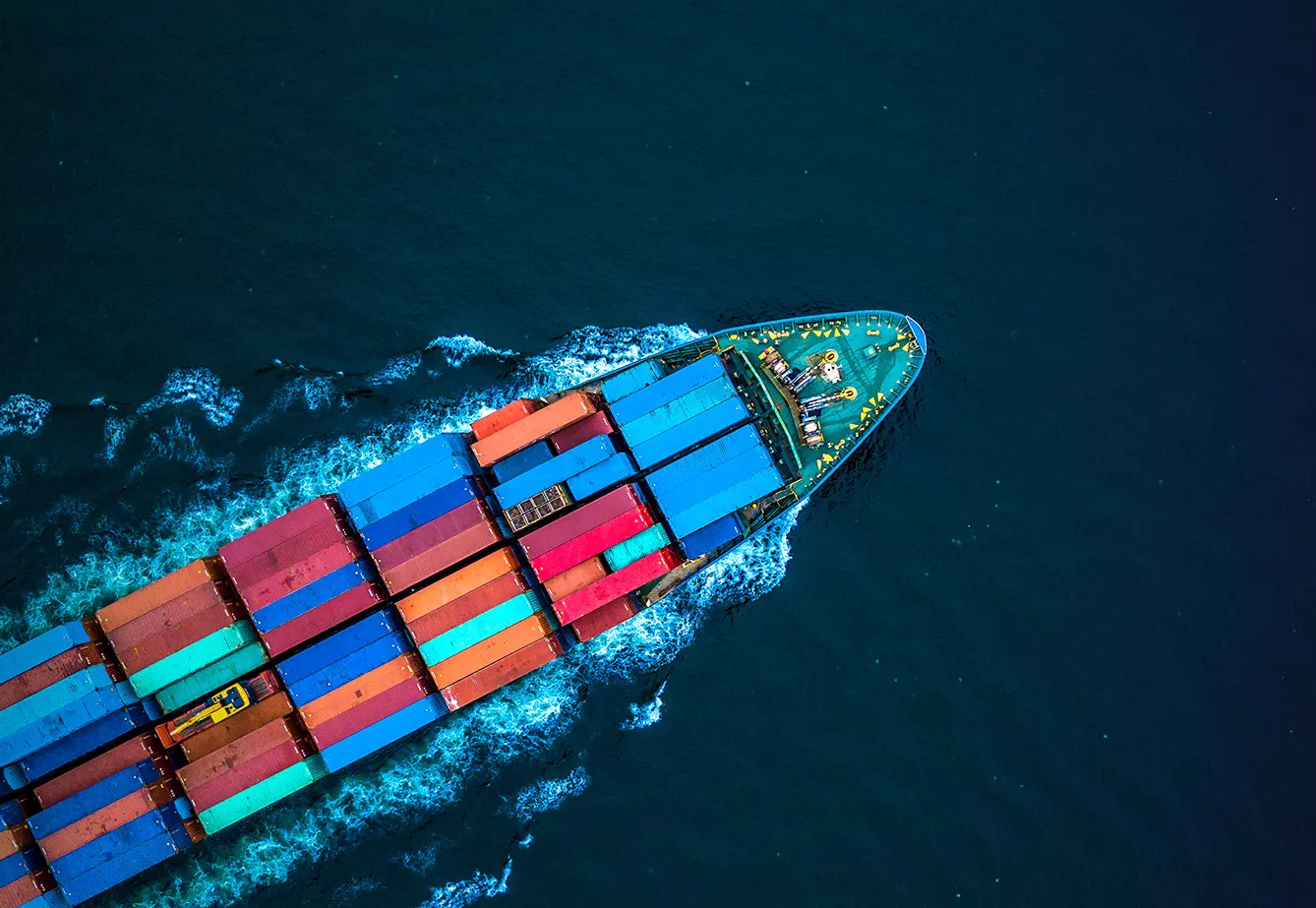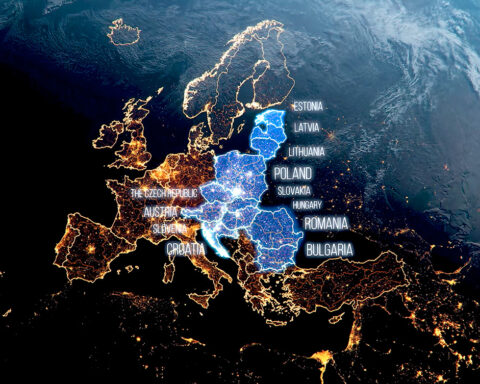Much has been said and written already about the export success of the Three Seas countries. It results from numerous factors starting from a high level of cost competitiveness, through open markets, to a high level of integration with global markets and a significant inflow of export-oriented foreign direct investment.
Three Seas Countries Export: numbers are high
If one looks at basic numbers, this story is remarkable. Most of the Three Seas countries are at the top of the list of European economies, recording the highest growth rates of exports between 2010 and 2021. Ireland, with astonishing 170% growth, is the only non-Three Seas country that at least doubled its exports over that time.
Three seas countries are also among those with the highest ratio of exports to GDP in the EU. There are ten countries in the EU where this relation is above 50%, and seven are from the region. On the one hand, this relation shows the level of openness of the economies to the international markets; on the other, it indicates the level of their dependency on international markets.
Small and open economies tend to have weaker control over their economic situation than those with a higher share of domestic demand in their GDPs. Generally, it is quite standard in economics that positive factors/features, such as “level of openness,” bring some costs – in this case, higher vulnerability to external factors.
However, the scale of this vulnerability does not depend only on the level of openness. It tends to be higher in countries with more concentrated export structures. The more your export depends on one client (country) and/or one product, the more vulnerable you are to market-specific shocks.
The scale of concentration can be measured by the so-called Herfindahl-Hirschman Index (HHI). It is most commonly used to measure market competition or monopolization (in anti-monopoly cases), but it also perfectly suits this analysis.
Three Seas trade partners
However, the numbers of shares of the biggest single trade partners and dominating products in total exports of EU countries are much easier to interpret than the HHIs. Luckily, they are very closely correlated to each other. Both for products and trade partners, the correlation coefficient for these two measures is above 95%. So in practice, they give the same results.
The total concentration of exports is defined as the product of shares of the single dominant trade partner, and the single dominant product in total exports is the highest in Ireland. However, the following six positions on the list are occupied by the Three Seas countries: Slovakia, Hungary, Czechia, Austria, Poland, and Romania. Germany is the dominant trading partner for all these countries, with respective shares in total exports ranging from 21% in Romania to 32% in Czechia. The dominating export products differ among them. Various kinds of electrical machinery are the dominant export products of Hungary, Poland, and Romania. Austria and Czechia export mechanical appliances. Slovakia exports mainly vehicles.
It seems that increasing export diversity is a serious challenge for a large group of Three Seas countries. Their export story is definitely a success, but the last thing their decision-makers should do is stay complacent. They should support businesses in the region and encourage them to look for new export markets and to develop new export products. Increasing the trade volume within the Three Seas region could be the best first step on this path.







